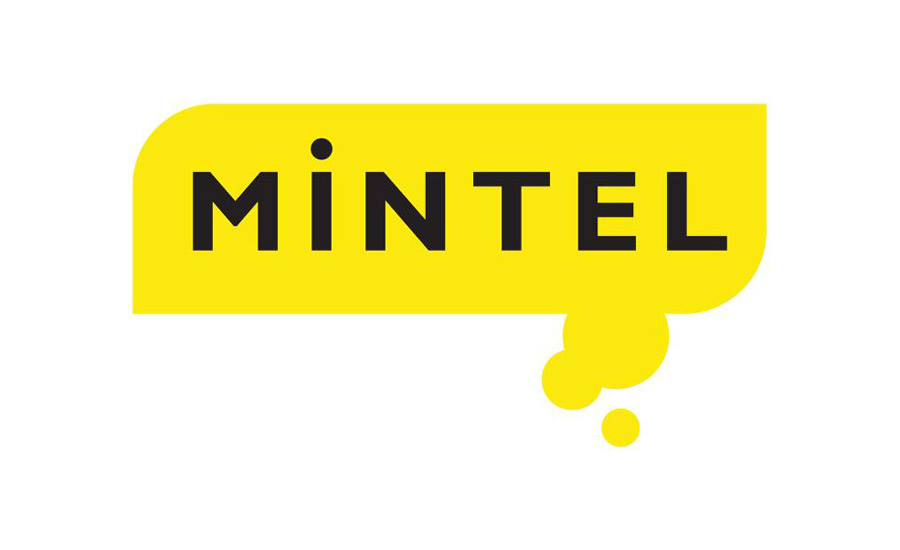As chocolate lovers across the globe prepare to indulge in Easter treats, new research from Mintel reveals that seasonal launches accounted for one quarter (25%) of global chocolate new product launches in 2016, the biggest area of chocolate new product development (NPD) according to Mintel Global New Products Database (GNPD). In 2016, some 28% of seasonal launches globally were positioned for Easter, highlighting the ongoing popularity of eggs, bunnies and other chocolate treats. Those countries accounting for the most chocolate innovation include Brazil, which accounted for 14% of all Easter chocolate product innovation, France with an 11% share and South Africa with a 10% share.
Overall, launch activity in the confectionery category was somewhat restrained in 2016. The number of chocolate confectionery launches globally grew by just three% between 2015 and 2016.
“Our research shows that seasonal chocolate tops all chocolate new product development, a testament to the popularity of seasonal treats among consumers across the globe. This reflects the fact that these products are typically bought to help celebrate holidays or special occasions. With this in mind, seasonal chocolate is somewhat immune to recessionary pressures as these products are bought on an occasional basis,” said Marcia Mogelonsky, Director of Insight, Mintel Food and Drink.
When it comes to chocolate spend per head, the UK is top of the leaderboard. In 2016*, the average British consumer indulged in 8.61 kg of chocolate (per capita). This was followed by Switzerland with 8.59 kg (per capita), Germany with 8.32 kg (per capita), Russia with 6.57 kg (per capita) and Austria at 5.37 kg (per capita). While the international appeal of chocolate is unquestionable, Mintel research indicates a change in consumers’ eating habits in the top five chocolate markets as per capita consumption in the UK and Germany remained flat between 2015 and 2016; in Austria and Russia it fell one% (respectively); and in Switzerland, per capita consumption of chocolate confectionery was down three%.
While the UK leads in terms of per capita consumption, when it comes to volume sales the US leads the way. In 2016*, the US consumed a spectacular 1.3 million tonnes worth of chocolate, followed by Russia with 979 thousand tonnes, Germany at 680 thousand tonnes and the UK comes in fourth place at 555 thousand tonnes.
Across the globe, Brazil (236 thousand tonnes), India (228 thousand tonnes) and China (202 thousand tonnes) all share a love of the sweet stuff, guzzling in excess of 200,000 tonnes of chocolate last year. Meanwhile, in Canada, consumers consumed a modest 148 thousand tonnes of chocolate in 2016.
In recent years, the chocolate confectionery market has continued to see growth, though at a very slow rate and, in some established markets, volume sales declined 2015-2016. In the US, UK, Germany and France, sales were flat over the two-year period, while sales fell in Russia (-2%), Brazil (-6%) and China (-6%). The only markets among the top ten globally to see any growth were Poland (+2%) and India, which saw an impressive 13% growth increase 2015-16.
“Chocolate confectionery had an uneven year in 2016. Volume sales in developed markets like the US remained flat, while the picture was a bit brighter in emerging markets like Poland and India, where sales generally fared better. Our research reveals that changes in per capita consumption points to an important shift in consumers’ eating habits, as consumption of chocolate confectionery is declining in the top five markets,” Mogelonsky continued. “The big issues revolve around permissibility and the blurring of lines between snacks and confectionery. Even though boundaries are fading, there is still something about chocolate confectionery that has remained constant. Chocolate is still a treat and, as something special, it typically gets a pass. While consumers may be looking for more healthy foods, they will trade health for indulgence when it comes to chocolate.”
Proving chocolate lovers have a heart, interest in ethical products remains relatively strong, with 17% of new products claiming some sort of “ethical-human” positioning, which could include fair trade, Rainforest Alliance or some other, independent “bean-to-bar” certification. Although still a small part of the category, accounting for less than six% of global new product introductions in 2016, launches of chocolate confectionery with an organic claim increased six% between 2014 and 2016.
Consumer demand is likely to be the major impetus for more conversion to organic offerings. In the US, 15% of chocolate buyers purchase organic products. In Europe, interest is uneven with 14% of Italian chocolate eaters considering organic to be an important factor when buying chocolate, compared with just four% of Polish chocolate eaters.
Despite this, Europe represents the region with the majority of organic chocolate product launches over the past three years, according to Mintel GNPD. Germany takes the lead, accounting for nearly one quarter (23%) of global organic chocolate product launches, followed by France at 11%. It appears that Germany is also a major market for all natural (seven%) and no additives/preservatives (seven%) chocolate product launches.
“Providing organic cocoa is proving to be a challenge for the industry. In order to satisfy the growing demand, it will become necessary for more cocoa growers to switch to organic farming methods. As interest in healthy sweets continues to rise, the availability of chocolate that offers organic or all natural positioning will be desirable as consumers look for better-for-you options,” concluded Mogelonsky.
Seasonal Chocolate Success
Seasonal offerings tops chocolate new product development in 2016

Looking for a reprint of this article?
From high-res PDFs to custom plaques, order your copy today!


